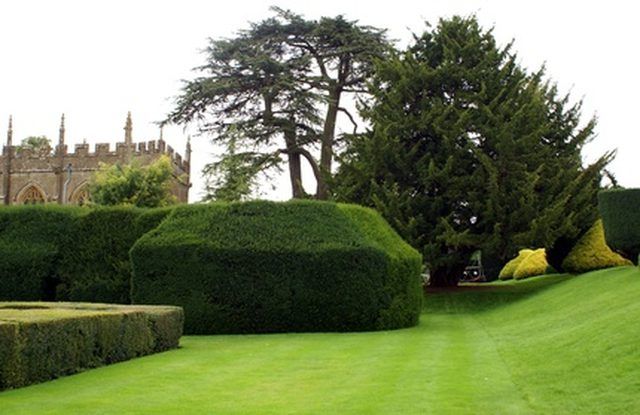Bulbs
Flower Basics
Flower Beds & Specialty Gardens
Flower Garden
Garden Furniture
Garden Gnomes
Garden Seeds
Garden Sheds
Garden Statues
Garden Tools & Supplies
Gardening Basics
Green & Organic
Groundcovers & Vines
Growing Annuals
Growing Basil
Growing Beans
Growing Berries
Growing Blueberries
Growing Cactus
Growing Corn
Growing Cotton
Growing Edibles
Growing Flowers
Growing Garlic
Growing Grapes
Growing Grass
Growing Herbs
Growing Jasmine
Growing Mint
Growing Mushrooms
Orchids
Growing Peanuts
Growing Perennials
Growing Plants
Growing Rosemary
Growing Roses
Growing Strawberries
Growing Sunflowers
Growing Thyme
Growing Tomatoes
Growing Tulips
Growing Vegetables
Herb Basics
Herb Garden
Indoor Growing
Landscaping Basics
Landscaping Patios
Landscaping Plants
Landscaping Shrubs
Landscaping Trees
Landscaping Walks & Pathways
Lawn Basics
Lawn Maintenance
Lawn Mowers
Lawn Ornaments
Lawn Planting
Lawn Tools
Outdoor Growing
Overall Landscape Planning
Pests, Weeds & Problems
Plant Basics
Rock Garden
Rose Garden
Shrubs
Soil
Specialty Gardens
Trees
Vegetable Garden
Yard Maintenance
How to Trim Arborvitae Trees
How to Trim Arborvitae Trees. Trimming and pruning some species of plants is a necessity. Arborvitae trees–evergreens grown in northern regions like Canada and the northern states–are typically planted as hedges. Like many hedges, these plants require some trimming to remain healthy and growing. Trimming removes dead materials and...

Trimming and pruning some species of plants is a necessity. Arborvitae trees–evergreens grown in northern regions like Canada and the northern states–are typically planted as hedges. Like many hedges, these plants require some trimming to remain healthy and growing. Trimming removes dead materials and allows the plant to grow with only healthy limbs.
Things You'll Need
Pruning shears
Prune arborvitae trees once a year in either fall or early winter for best results. They should not be cut back too often to avoid ruining them.
Trim the arborvitae trees immediately after the first planting based on the root size. Some arborvitae trees grown in nurseries will be larger than the root system can easily support, so immediate trimming to a smaller size will help the plant grow and thrive.
Feel the arborvitae to find the dead zone. While running hands over the plant, the dead zone will feel bare of growth. This area will not grow, so make sure to avoid cutting to the dead zone.
Use pruning shears to cut away dead branches. Take off only the dead material and leave the live, green material around it.
Cut away any diseased areas. This prevents the spread of diseases or rot. Just snip it away slightly further inward than the diseased section.